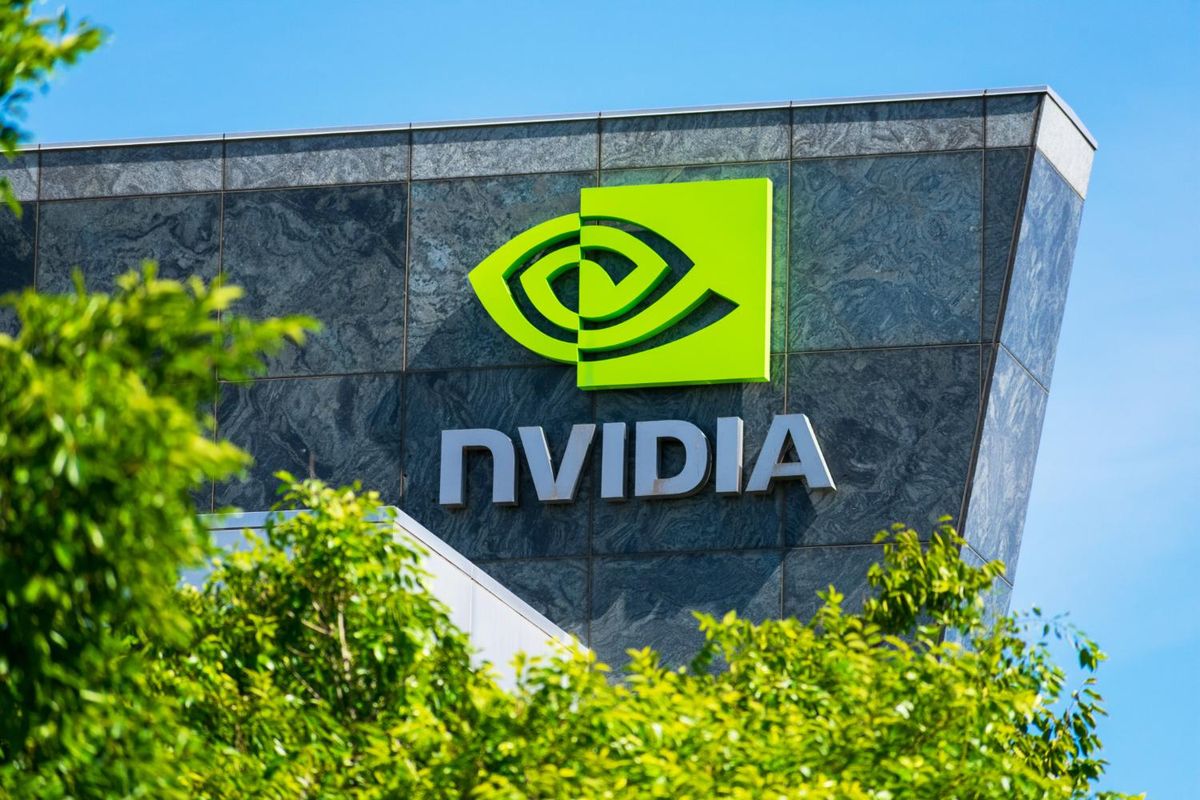
January 23, 2025
Respiratory imaging technology company 4DMedical Limited (ASX:4DX, “4DMedical”, or the “Company”) today announces the signing of a commercial contract with Qscan Radiology Clinics ("Qscan"), a leading provider of diagnostic imaging services in Queensland. This agreement follows a successful pilot of 4DMedical’s products with Qscan, and represents the first Australian contract to incorporate products from both the Pulmonary Function and Pulmonary Structure suites, including CT LVAS™.
Pilot success leads to commercial agreement
With 40 clinics across Queensland, New South Wales, ACT, Tasmania, and Western Australia, Qscan is one of Australia’s leading medical imaging providers, offering a comprehensive range of diagnostic and interventional radiology services.
Following the success of a pilot program, which demonstrated the clinical and operational effectiveness of 4DMedical’s proprietary suite of products, 4DMedical and Qscan have entered a commercial arrangement under which Qscan will offer 4DMedical’s respiratory imaging solutions at select practices in Brisbane.
This agreement marks 4DMedical’s first Australian commercial contract to incorporate products from both its Pulmonary Function and Pulmonary Structure suites. Specifically, the agreement with Qscan will provide clinicians with access to CT LVAS™, Lung Density Analysis™ - Inspiration (LDAi), Functional Lung Density Analysis™ (LDAf), and Lung Texture Analysis™ (LTA), each providing advanced diagnostic capabilities to support referrers and patients.
Reports will be delivered and billed on a Software-as-a-Service model on terms in line with those of the Company’s other commercial partners.
4DMedical MD/CEO and Founder Andreas Fouras said:
Having completed our pilot with Qscan, we are excited to have progressed to a commercial agreement. This partnership ensures that more patients and clinicians have access to detailed, actionable insights into lung health, supporting better healthcare outcomes.
Momentum continues to build with the commercialisation of our technology across the US and Australia. With the addition of Qscan to our network of providers in Australia, I am excited to see our footprint expand to ensure our cutting-edge technology is now becoming more readily available to all Australians.
Click here for the full ASX Release
This article includes content from 4DMedical, licensed for the purpose of publishing on Investing News Australia. This article does not constitute financial product advice. It is your responsibility to perform proper due diligence before acting upon any information provided here. Please refer to our full disclaimer here.
The Conversation (0)
09 December
Nextech3D.ai to Acquire Krafty Labs, Expanding AI Event Solutions for Enterprise Clients
Krafty Labs Generated 2025 Year to date Revenue of $1.1 mill with a 72% gross marginAll-Cash Deal for $600,000Acquiring a Blue Chip customers list; Google, Meta, Oracle etcNextech3D.ai Doubles Customer Base to 1000+Nextech3D.ai is Accelerating its Growth As a One-Stop AI Event Tech Suite NEW... Keep Reading...
02 December
Nextech3D.ai Announces Definitive Agreement to Acquire 100% of ARway, Streamlining Operations
Nextech already owns 15million shares or about 40% of the 38 million shares outstanding in Arway Corporation ("Arway") OTCQB: ARWYF / CSE: ARWY TORONTO, ON / ACCESS Newswire / December 2, 2025 / Nextech3D.ai (CSE:NTAR,OTC:NEXCF)(OTCQX:NEXCF)(FSE:1SS), Nextech an AI-first 3D modeling and event... Keep Reading...
28 November
Tech Weekly: Tech Stocks Recover; Meta, Alphabet Reportedly in Partnership Talks
Welcome to the Investing News Network's weekly brief on tech news and tech stocks driving the markets. We also break down next week's catalysts to watch to help you prepare for the week ahead.Don't forget to follow us @INN_Technology for real-time news updates!Securities Disclosure: I, Meagen... Keep Reading...
21 November
Tech Weekly: NVIDIA Earnings Impress, Bezos Launches AI Startup
Welcome to the Investing News Network's weekly brief on tech news and tech stocks driving the markets. We also break down next week's catalysts to watch to help you prepare for the week ahead.Don't forget to follow us @INN_Technology for real-time news updates!Securities Disclosure: I, Meagen... Keep Reading...
21 November
Intention to Explore Dual Listings
Amazing AI plc (AQSE: AAI) - 20 November 2025: AAI is a global fintech group with a Digital Asset Treasury Policy that provides online consumer loans and AI finance-related services. AAI announces that the Company is exploring its options to dual list on the Mauritius Stock Exchange and OTCQB... Keep Reading...
18 November
AI's Infrastructure Boom: Risks, Legal Insights and Innovation
Silicon Valley’s tech giants are pouring hundreds of billions of dollars into artificial intelligence (AI) infrastructure this year, a commitment that has been met with growing anxiety from shareholders. This massive investment, reminiscent of the dot-com boom, has faced skepticism over its... Keep Reading...
Latest News
Latest Press Releases
Related News
TOP STOCKS
American Battery4.030.24
Aion Therapeutic0.10-0.01
Cybin Corp2.140.00




